In this Tamron 16-30mm G2 field test, professional photographer Yoshiki Fujiwara braves cold and inclement weather to capture beautiful wide-angle images of nature in the Yukon and Alaska. He recounts his trip and impressions of the wide-angle lens that completes Tamron’s G2 Trinity for mirrorless cameras.
Text and images by Yoshiki Fujiwara
What You’ll Learn In This Article:
- Why the 16mm wide end is a game-changer for ultra-wide photography
- How the Tamron 16-30mm G2 handles extreme cold and low-light conditions
- Real-world examples of night sky and aurora photography
- The lens’s edge-to-edge sharpness and low distortion across the zoom range
- How fast autofocus and close focusing elevate both nature and street shooting
The Versatility of 16-30mm: First Impressions from the Field
The ultra wide-angle zoom lens 16-30mm F/2.8 Di III VXD G2 for Sony E-mount has just arrived. This lens is the successor to the 17-28mm F/2.8 Di III RXD (Model A046). The most notable update is the extended wide-angle end—from 17mm to 16mm. While it may seem like just a 1mm difference, in ultra wide-angle photography, that 1mm makes a significant impact. It noticeably broadens the angle of view, allowing for more dynamic compositions. And the telephoto end now extends to 30mm, offering a wider range of expressions in a single lens.
Personally, I feel that this focal range alone could cover about 80% of the photography I do—it’s that versatile.
Photographing the Aurora and the Power of F2.8
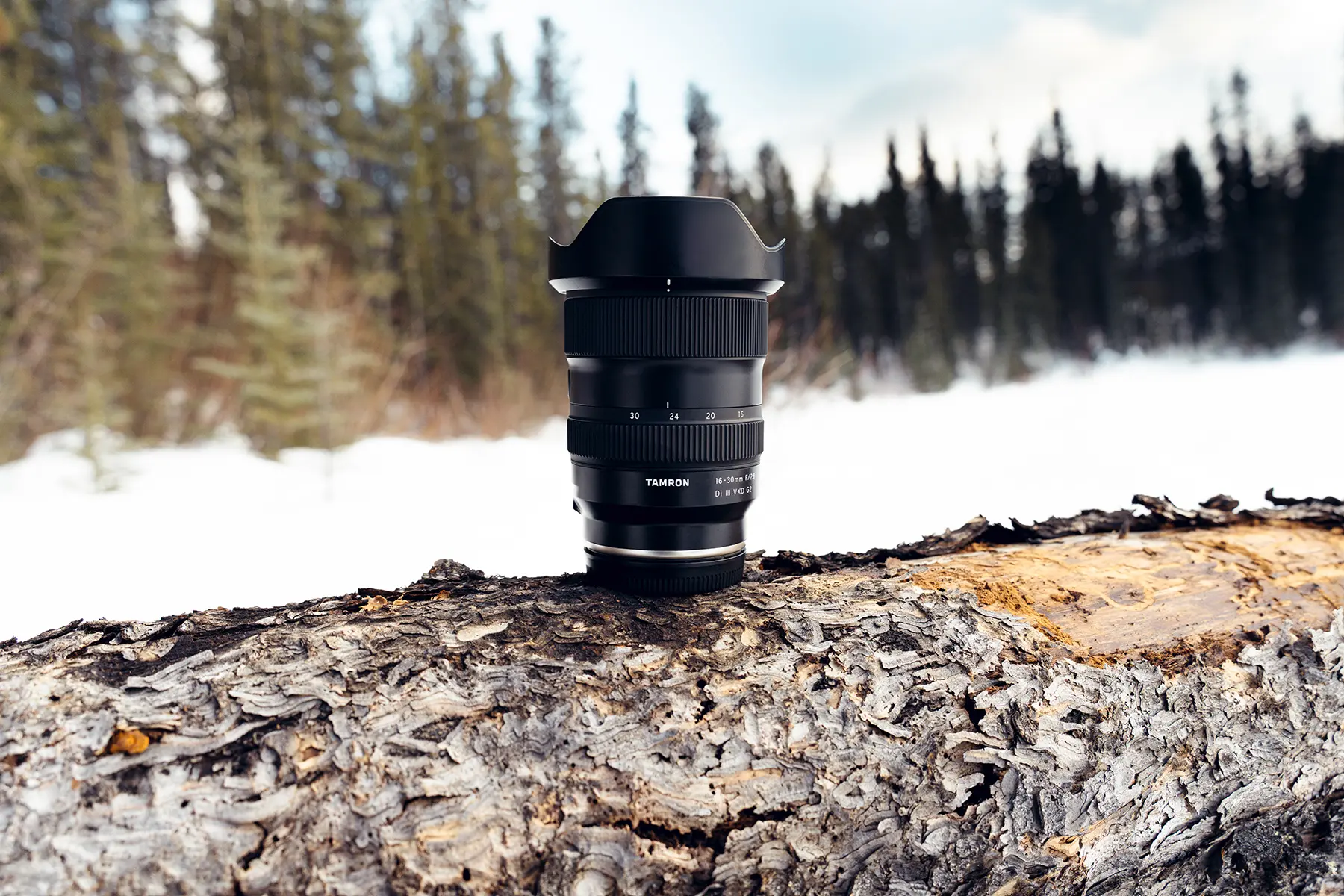
The lens also features a constant F2.8 aperture across the entire zoom range, making it ideal for capturing the stars or shooting during dim lighting conditions, such as the “blue hour” just before sunrise or after sunset.
The newly applied coating gives it a deeper black finish compared to the previous model, enhancing its premium appearance while also helping to hide smudges and dirt.
With this dynamic lens in hand, I set off to photograph the magnificent landscapes of the Yukon and Alaska, including the “miracle of the night”–the Northern Lights.
The Yukon is still relatively unknown in Japan, but like Yellowknife, it boasts a high percentage of clear skies and is highly recommended for aurora photography—even more so than Scandinavia or Iceland. I’ve photographed the Northern Lights in Finland and Iceland before, but this was the first time I experienced aurora displays every single night during the trip.
Aurora Reflections and the Wide Perspective
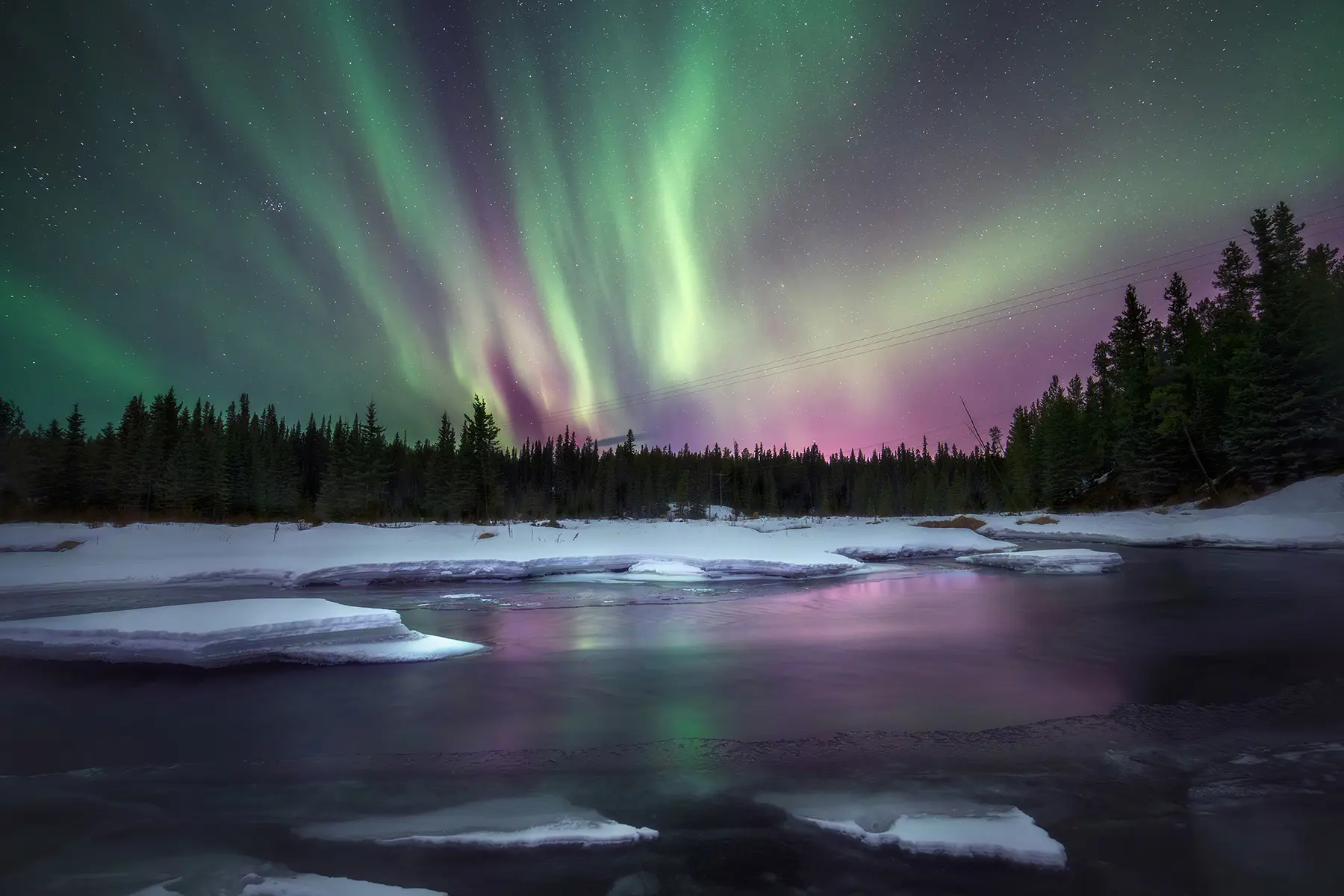
Tamron 16-30mm F/2.8 Di III VXD G2 | Focal length: 16mm Exposure: F2.8, 10 sec., ISO 180
The camera was held nearly level for this shot. Thanks to the wide 16mm angle of view, I was able to capture not only the aurora overhead but also the quiet reflection of its light on the surface of the river—all in a single frame. The bright F2.8 aperture also allowed me to shoot in the darkness without needing to push the ISO too high, resulting in a clean, low-noise image.
Ultra-wide 16mm: A Sense of Presence and Depth in Every Frame
The ultra-wide 16mm focal length allows you to incorporate a wide expanse of the surrounding environment into your frame, visually conveying where the photo was taken. This adds a strong sense of presence for the viewer.
In addition, lenses with such ultra-wide angles enhance the sense of perspective. Subjects close to the camera appear exaggeratedly large, while distant subjects look even smaller. This pronounced perspective effect emphasizes spatial relationships between elements, enabling a unique expression that’s difficult to achieve with other focal lengths.
Driving on Ice, Standing in Awe
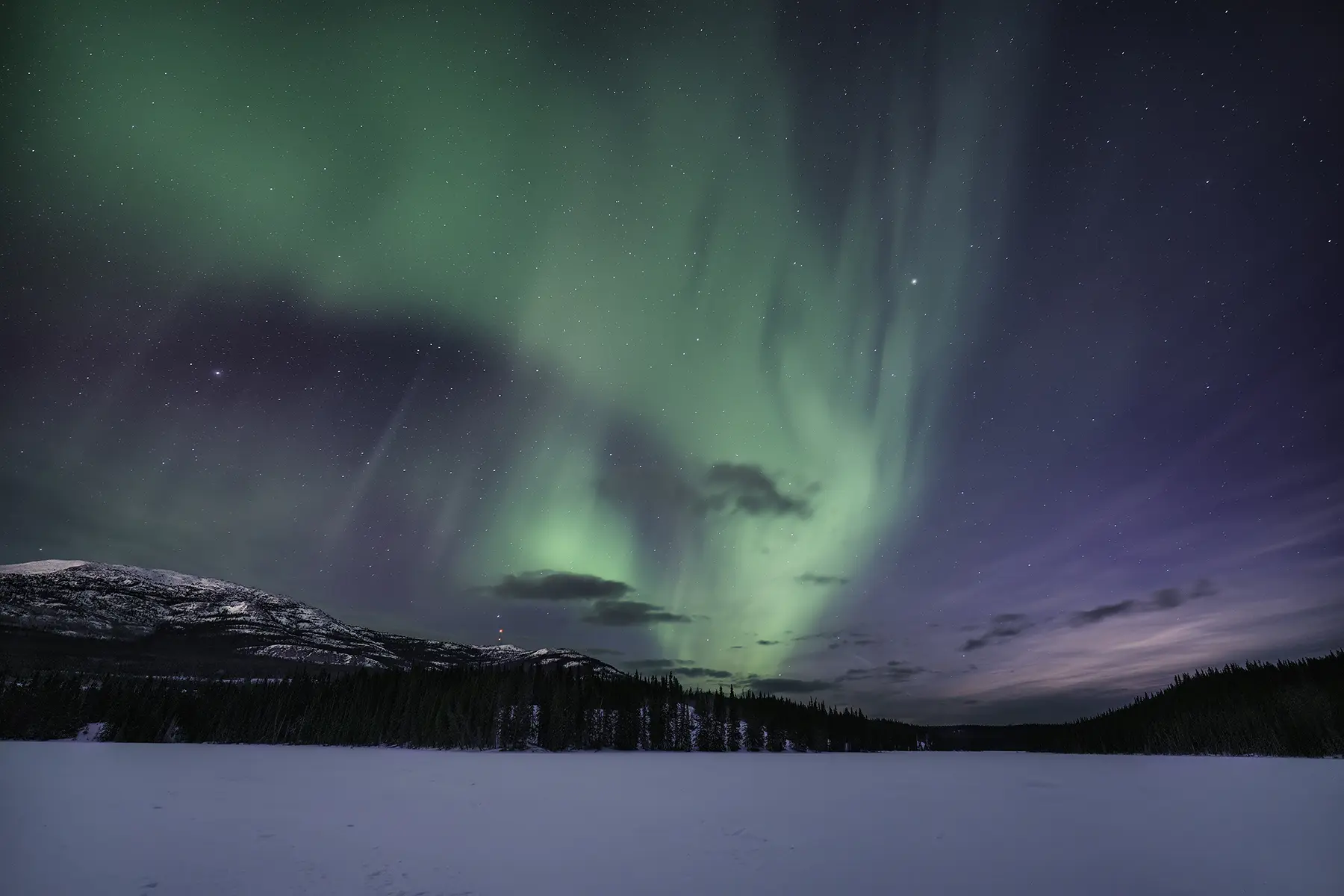
Tamron 16-30mm F/2.8 Di III VXD G2 | Focal length: 16mm Exposure: F2.8, 20 sec., ISO 800
This photo of the aurora was taken atop a frozen lake. In this area, even the daytime highs stay below freezing. Not only large lakes but even flowing rivers freeze solid—it’s a truly frigid environment.
I captured this shot soon after arriving. Without knowing much about the local geography, I was driving when I noticed on the GPS that I was “driving on a lake.” In a panic, I turned back toward the shore. I’d also heard that in extreme cold, if you turn off your car’s engine, it might not restart, so I left it running and walked out onto the lake to shoot.
Thanks to the ultra-wide 16mm, I was able to capture the vast snowfield, distant mountains, and the aurora swirling directly overhead—all within a single frame.
Vertigo from the Cliff’s Edge
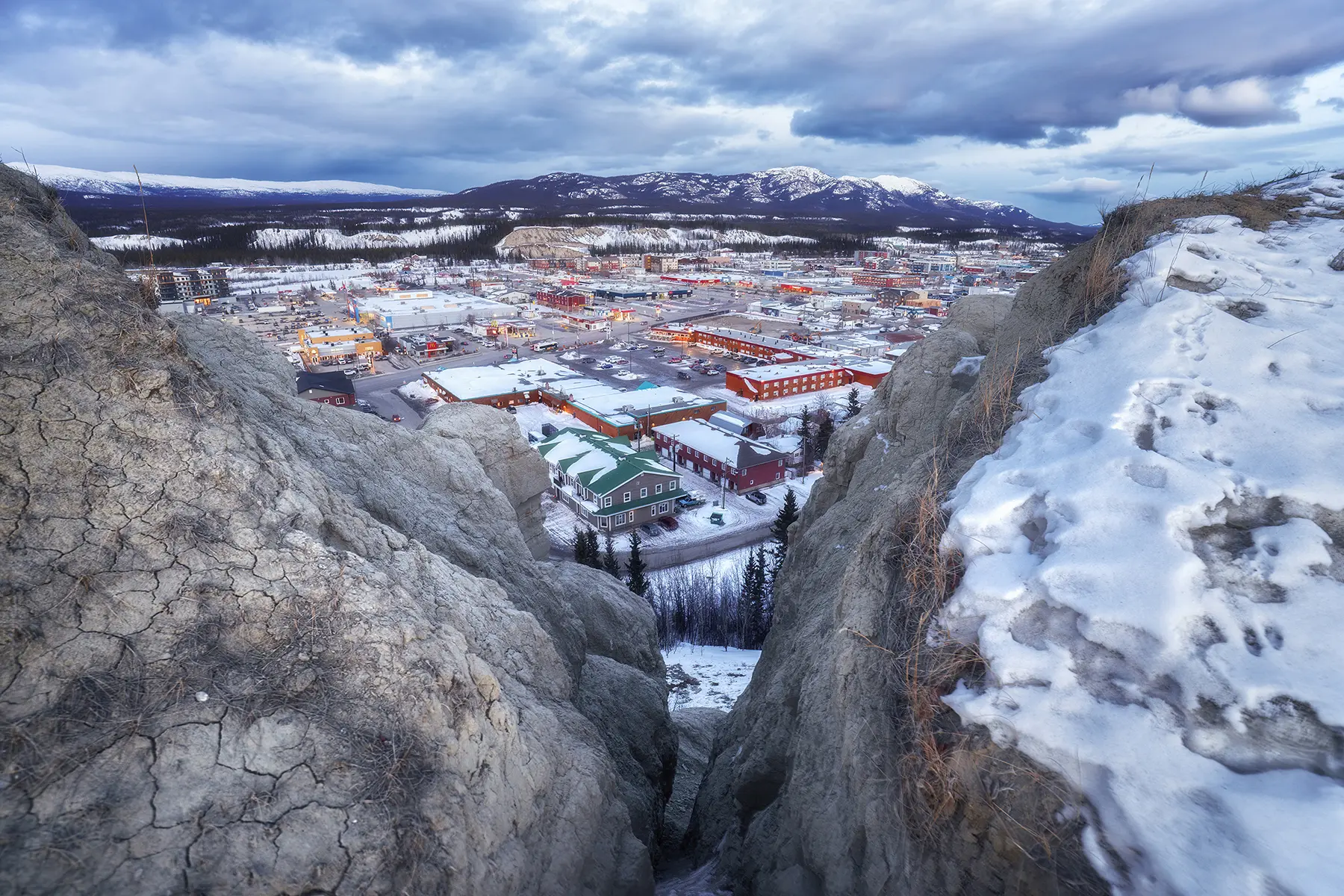
Tamron 16-30mm F/2.8 Di III VXD G2 | Focal length: 16mm Exposure: F5.6, 1/20 sec., ISO 100
This photo was taken from a mountain overlooking the town of Whitehorse. At first glance, the rocks on either side may appear to be in front of the camera, but they’re actually right at my feet—part of the ground surface. This location required leaping across rocks along a cliff, and one misstep could’ve sent me tumbling into the town below. It was a tense shoot.
The camera was tilted so far down that the tips of my feet were nearly in the frame. This type of visual trick is only possible with a 16mm ultra-wide lens. Also, thanks to the lens’s compact and lightweight design, I could move nimbly on the snowy, rocky terrain without losing balance.
Surrounded by Sky
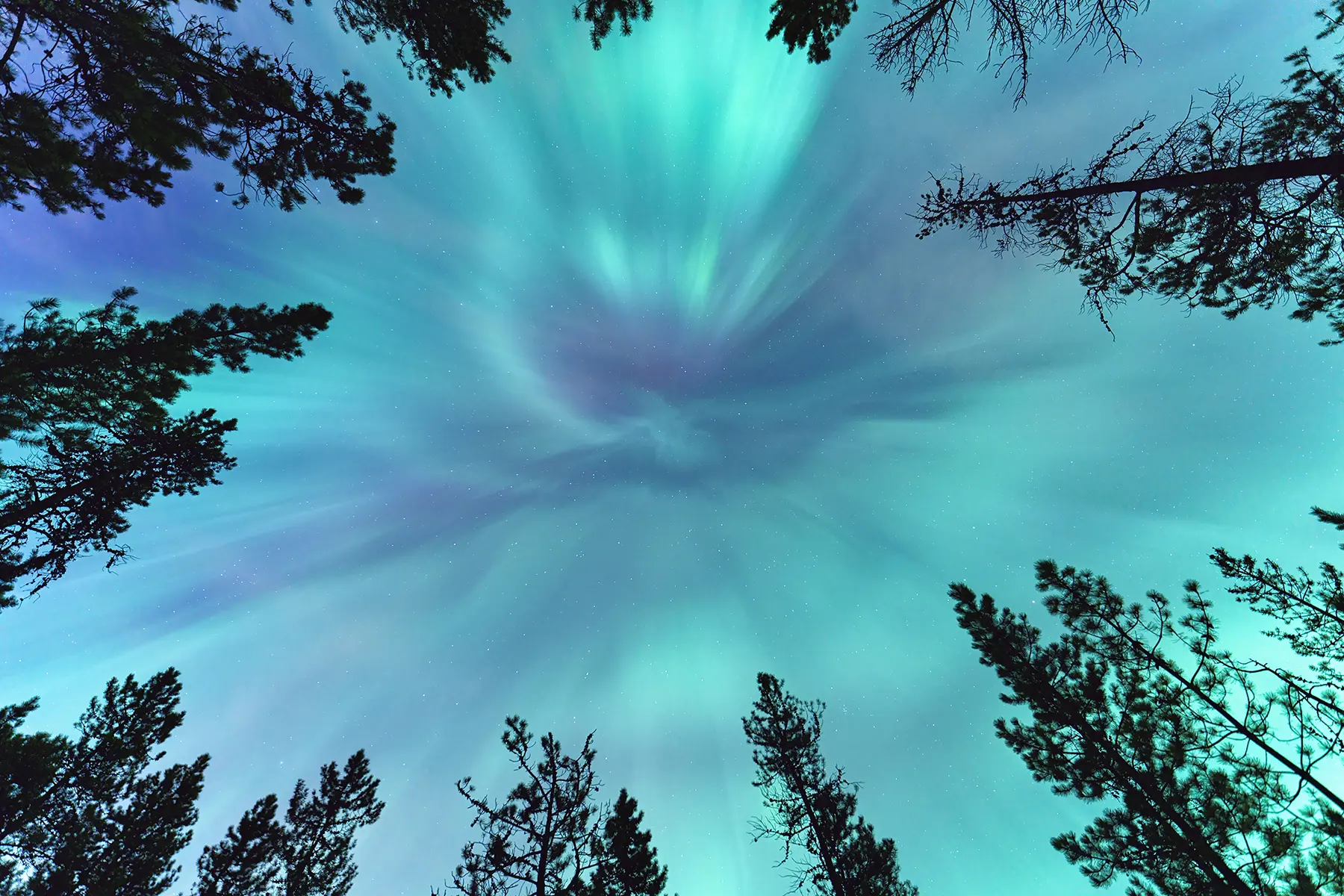
Tamron 16-30mm F/2.8 Di III VXD G2 | Focal length: 16mm Exposure: F5.6, 1/20 sec., ISO 100
This shot was taken by pointing the camera straight up in a forest surrounded 360 degrees by trees. It was the aurora image I most wanted to capture. Had I used a standard zoom lens starting at 24mm, it would’ve only barely included the tree tops—failing to convey the sense of being enveloped by forest.
But with the ultra-wide 16mm, I was able to achieve a composition that feels like you’re gazing up at the sky through a ring of trees—a truly immersive shot.
Prime-Like Clear Depictive Performance in Image Quality
This lens offers clarity so pure, it feels as if you’re shooting with a prime. Aberrations are thoroughly corrected throughout the entire zoom range, resulting in remarkably high resolution. During actual shooting, I was impressed to see that the image remained sharp not only at the center but all the way to the edges, capturing fine details with crystal clarity.
From the soft light pouring over a snowy field, to each individual leaf in the trees, and even the delicate color gradations and subtle atmospheric shimmer at dusk—it rendered the scenery exactly as it appeared to my eyes. Despite being a zoom lens, its rendering performance rivals that of a prime, making it dependable across a wide range of scenarios from landscapes to snapshots.
Texture and Tonality
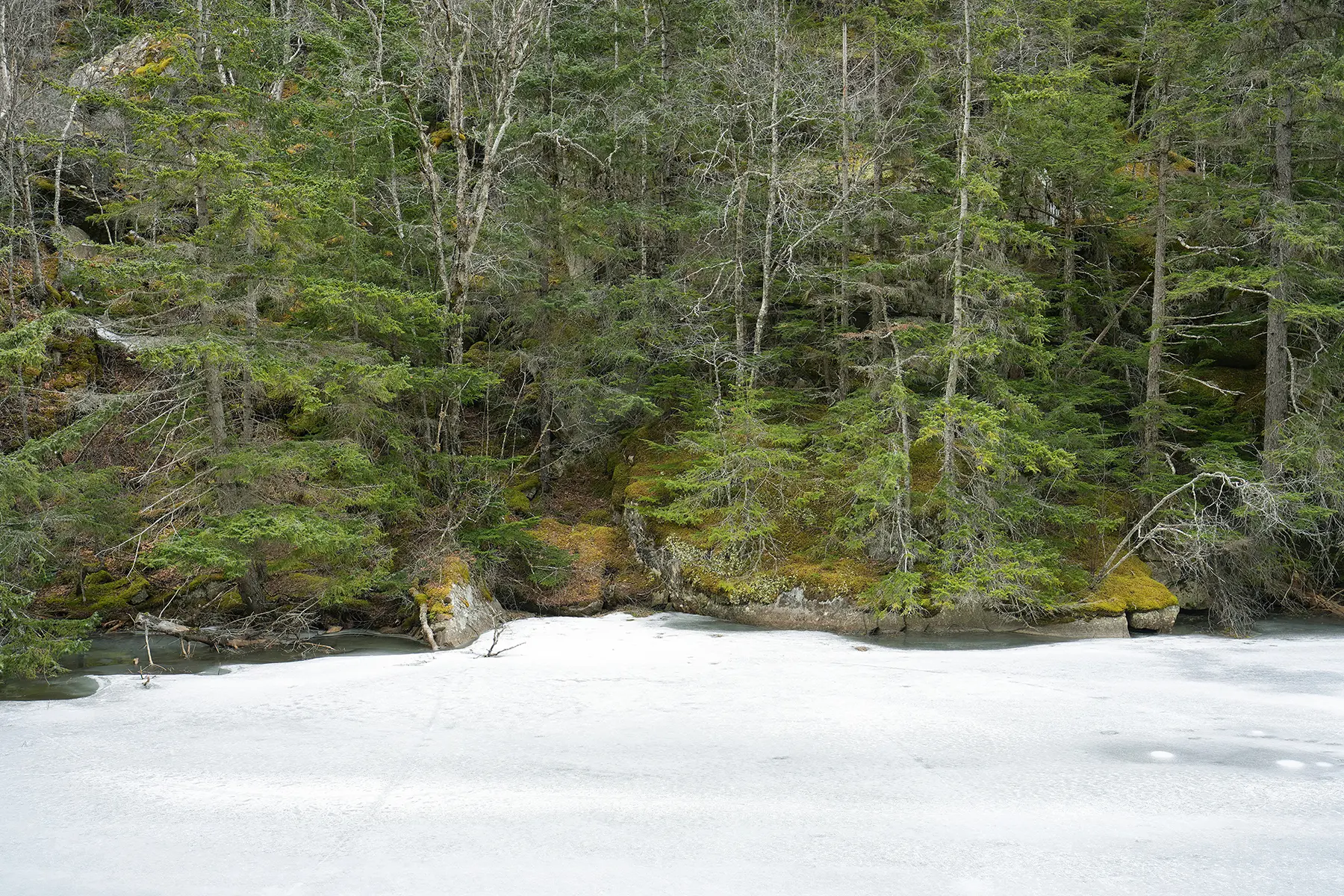
Tamron 16-30mm F/2.8 Di III VXD G2 | Focal length: 30mm Exposure: F5.6, 1/60 sec., ISO 100
This photo was taken in Alaska, featuring a frozen lake and the surrounding forest. I shot it at the 30mm telephoto end. Even the fine branches and leaves of the trees were rendered clearly, with excellent sharpness extending all the way to the corners of the frame.
When photographing nature, rendering fine details like branches and leaves is essential to create depth in an image. Without it, the scene looks flat. This lens reliably captures those critical details, making it a trustworthy tool for nature photographers.
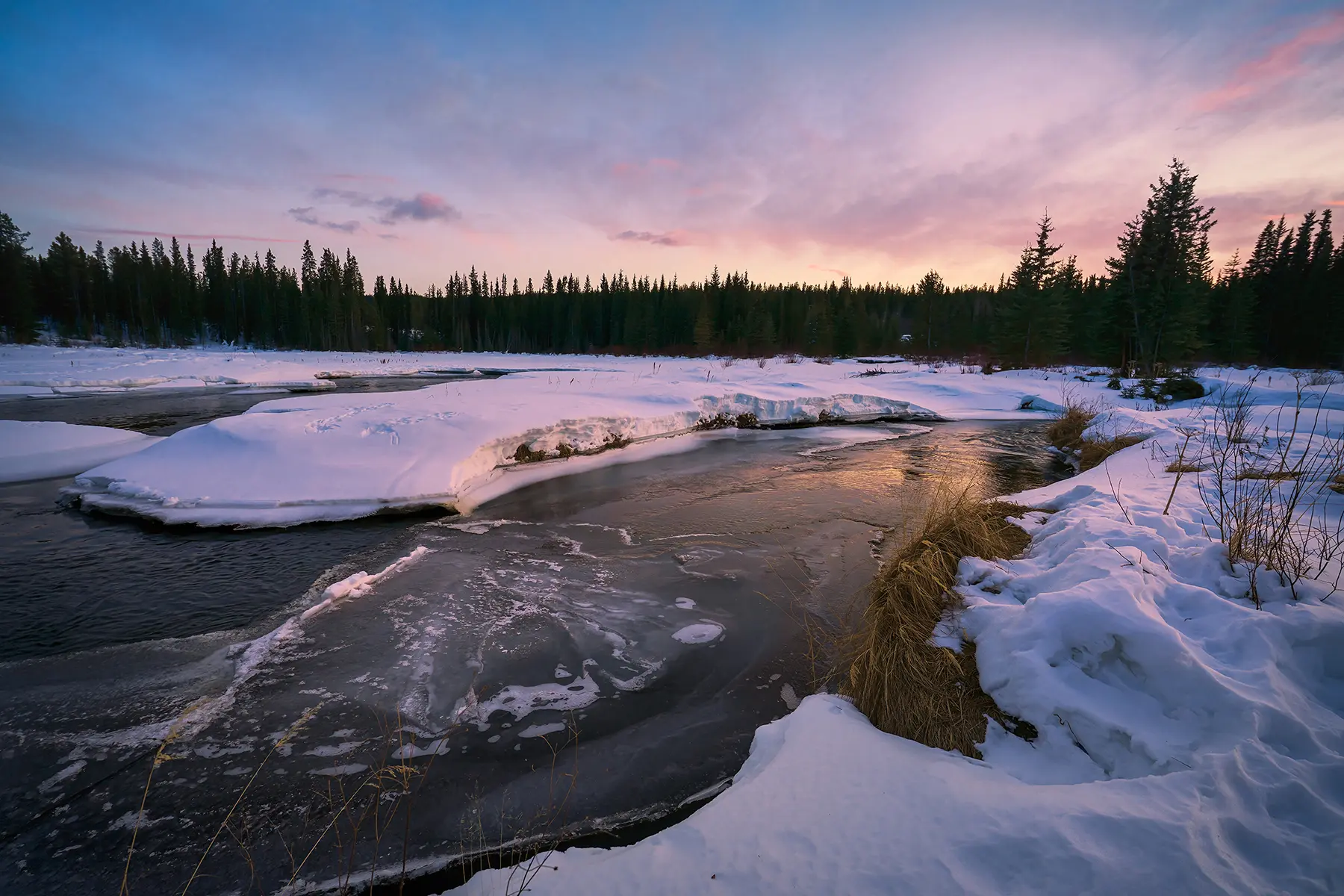
Tamron 16-30mm F/2.8 Di III VXD G2 | Focal length: 16mm Exposure: F5.6, 1/25 sec., ISO 100
This shot was captured at the wide 16mm end. The fluffy texture of the snow and the delicate plants poking through are rendered beautifully, giving the image strong dimensionality. Looking at the sky, the soft transition from pale orange to gentle pink and finally into deep blue is expressed smoothly and flawlessly.
The lens also handled the light and shadows in the clouds with great care, faithfully reproducing their subtle three-dimensional feel. I was genuinely impressed by the rendering power of this lens.
Get Close with Zoom – Lightning-Fast AF Captures the Moment
With an MOD of 7.5” (19cm) at the wide end and 11.8” (30cm) at the telephoto end, this lens excels in close-up performance. It allows you to frame your subject tightly while still capturing a wide background—creating what feels like a “wide macro” effect. This makes it especially useful in tight spaces where it’s difficult to maintain distance from your subject. You can highlight details while still preserving depth in your composition.
Moreover, the lens is equipped with TAMRON’s proprietary VXD (Voice-coil eXtreme-torque Drive) linear motor focus mechanism, which delivers incredibly fast and precise autofocus. It enables smooth, accurate focusing that supports the photographer in capturing fleeting moments with confidence.

Tamron 16-30mm F/2.8 Di III VXD G2 | Focal length: 17mm Exposure: F2.8, 1/160 sec., ISO 100
This shot was taken at 17mm, as close as possible—about 19cm from the subject. The lens was almost touching a snow-covered pine cone when I took the photo, and yet you can still see how much of the background is included in the frame. This image showcases the unique qualities of wide-angle close-up shooting.
This was taken at a stopover on the way to Alaska. Interestingly, the snowy area seen in the background becomes a desert once the weather warms and the snow melts. If you photographed the same composition in a different season, the background would be a wide expanse of golden sand.
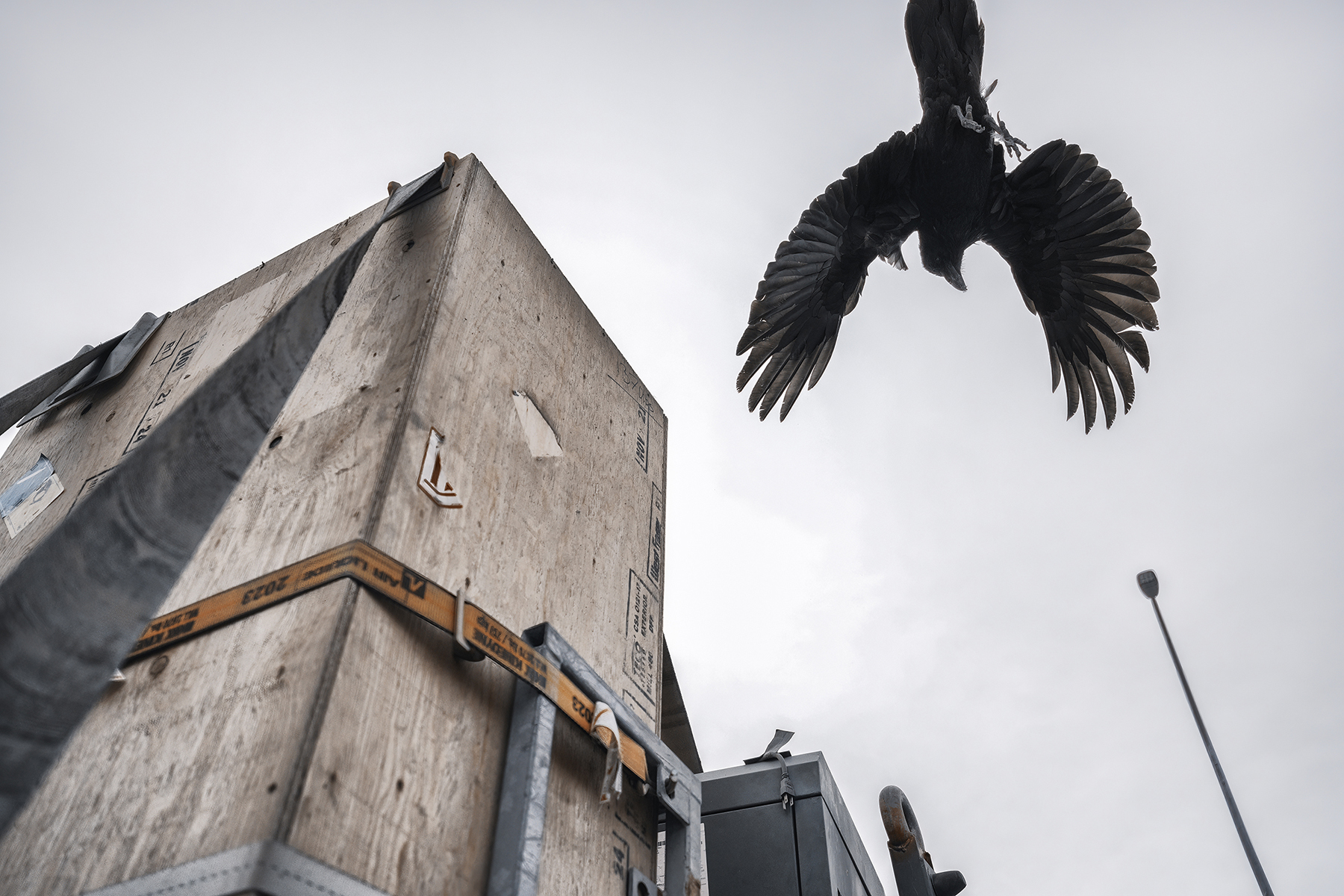
Tamron 16-30mm F/2.8 Di III VXD G2 | Focal length: 30mm Exposure: F2.8, 1/6400 sec., ISO 800
I encountered this crow unexpectedly while walking through town to buy groceries. It suddenly flew into the frame at close range, but thanks to the incredibly fast autofocus, I didn’t miss the shot. I rarely photograph birds and honestly find it quite difficult, but I was still able to nail the focus—and that’s entirely thanks to the AF performance of this lens.
Harnessing the Sun: Field Testing the 16-30mm F2.8 G2’s Backlight Performance
With its wide angle of view, this lens naturally invites sunlight into your compositions. And when you’re working with such a broad frame, incorporating the sun to create a dramatic photo becomes an appealing option. However, this raises an important question: how well can the lens handle backlighting?
Fortunately, this lens features TAMRON’s BBAR-G2 (Broad-Band Anti-Reflection Generation 2) Coating, which effectively suppresses flare and ghosting. This gives you the freedom to shoot confidently—even when the sun is within the frame.
During this trip, I captured several scenes with the sun included in the composition. Thanks to the lens’s strong resistance to flare and ghosting, I experienced none of the image degradation that typically occurs in such conditions. Even the finest details were preserved clearly. It gave me peace of mind when shooting directly into the light.
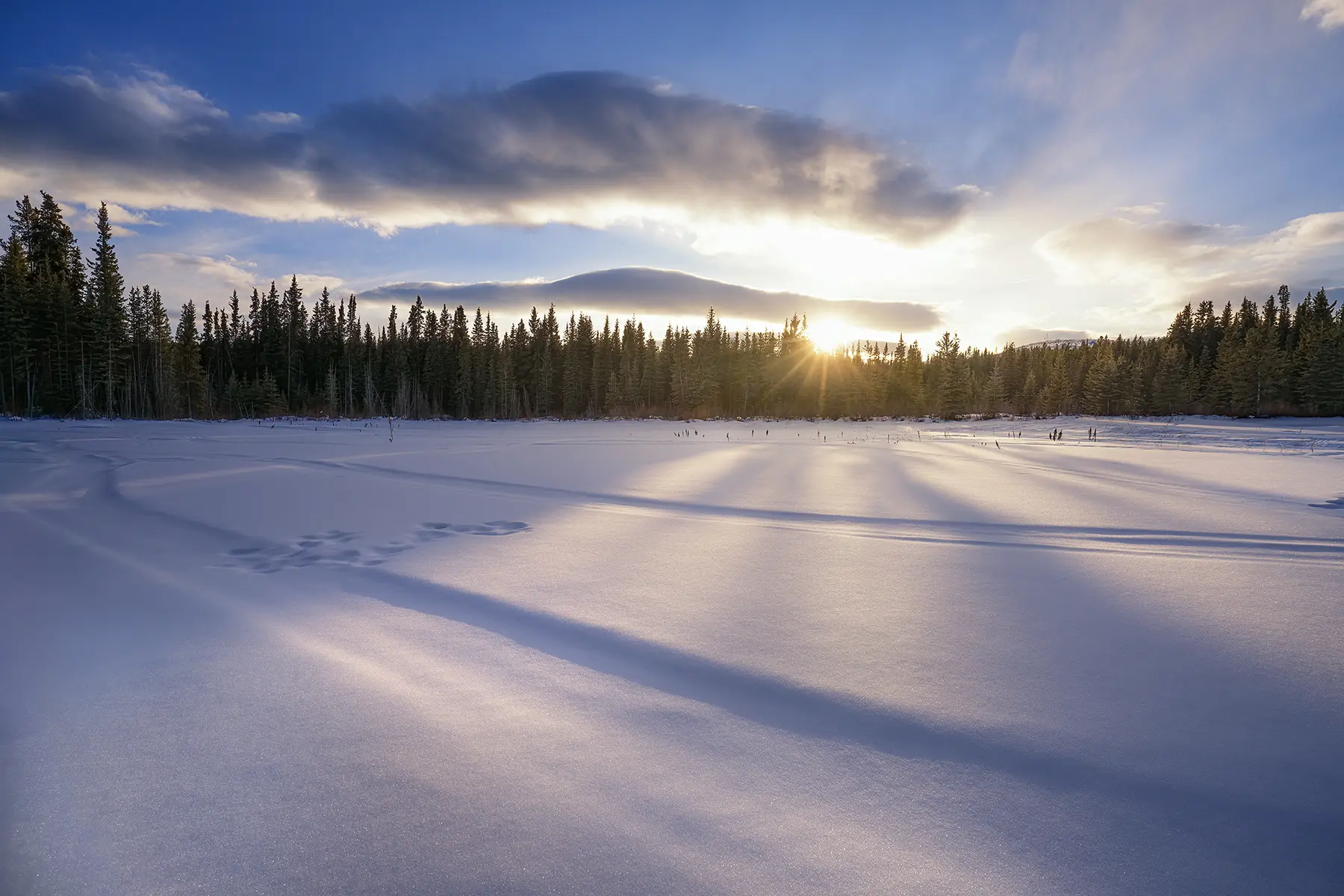
Tamron 16-30mm F/2.8 Di III VXD G2 | Focal length: 16mm Exposure: F5.6, 1/400 sec., ISO 100
In this shot, sunlight filtered through the trees, casting beautiful patterns of light and shadow across the snowy landscape. I intentionally included the sun in the frame for this shot, yet there was no noticeable flare or ghosting. Even with the bright light, the subtle gradation in tones was well preserved.
The shadows of the trees stretching across the snow and the sparkling texture of the snow’s surface were rendered with care. It truly showcased the lens’s ability to perform well in backlit conditions.

Tamron 16-30mm F/2.8 Di III VXD G2 | Focal length: 16mm Exposure: F5.6, 1/800 sec., ISO 100
In this shot, the sun is placed in the center of the frame. Despite the intense backlighting, the result is remarkably clear. If you look closely, you’ll see numerous white specks on either side of the sun—these are snowflakes being blown around by strong winds.
Although the weather was technically sunny, it was a rare condition where snow continued to fall due to the wind. Even under these extreme conditions, I could shoot with confidence thanks to the lens’s Moisture-Resistant Construction.
The brown diagonal line in the foreground is part of a mountain railway built during the Gold Rush. It’s now used as a scenic train line connecting Skagway in Alaska to Carcross in Canada.
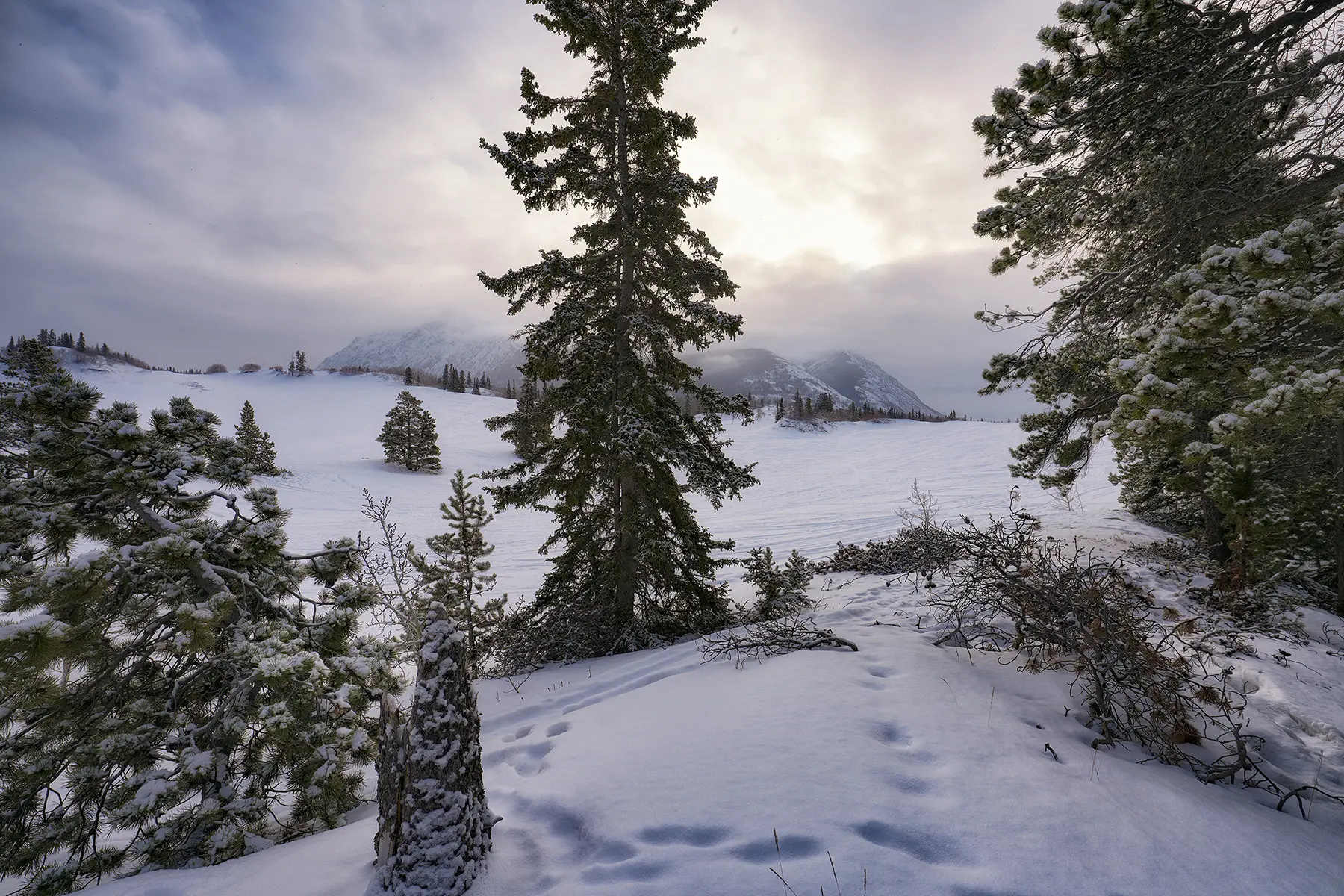
Tamron 16-30mm F/2.8 Di III VXD G2 | Focal length: 16mm Exposure: F5.6, 1/500 sec., ISO 100
Here, the sun is positioned behind the tree in the center, so it’s not directly visible, but it’s still located right in the middle of the frame. The sunlight, diffused by clouds and trees, gently blankets the snowy surface, bringing out subtle textures and a sense of depth.
Despite the challenging backlit conditions, even the fine branches are rendered sharply, and the tonal transitions in the highlights are rich and smooth. There’s no sign of tonal breakage. This lens combines light-handling ability, rendering performance, and high optical precision—making it possible to capture the scene exactly as I saw it.
Versatile for Everyday Snapshots
Covering a focal range from 16mm to 30mm, this lens is not only perfect for capturing vast landscapes and dramatic perspectives—it also excels in casual, everyday snapshots. The natural shooting distance it offers makes it easy to photograph street scenes, travel encounters, or spontaneous moments in daily life without feeling intrusive.
Its compact and lightweight design also makes it easy to handle. You can carry it in your bag and take it out on a whim. The combination of flexible framing options and excellent mobility makes this lens a reliable partner, whether you’re exploring new places or strolling around your neighborhood.
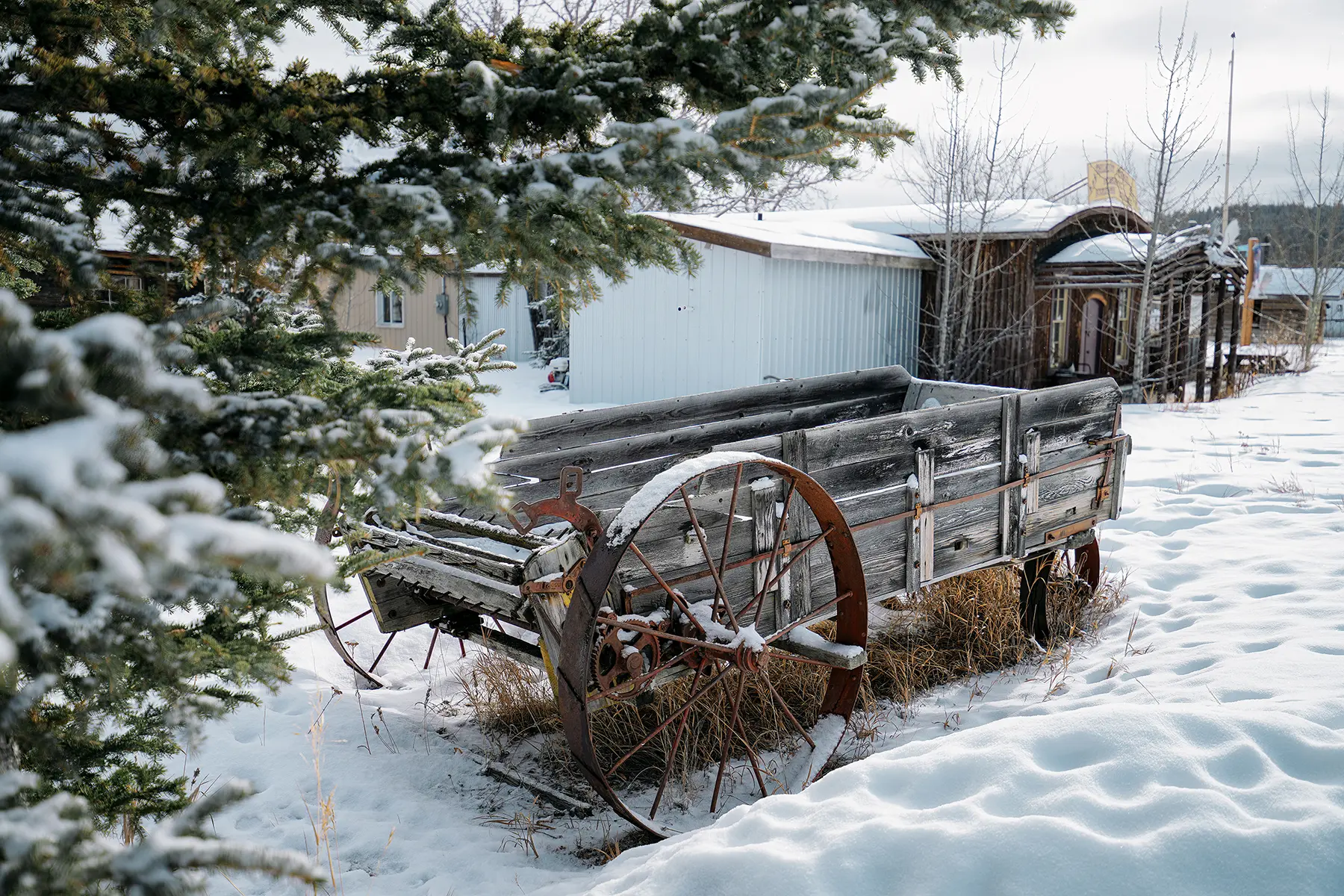
Tamron 16-30mm F/2.8 Di III VXD G2 | Focal length: 29mm Exposure: F2.8, 1/1600 sec., ISO 100
On the way to Alaska, I stopped in the snow-covered town of Carcross and snapped this photo. Since the 16-30mm F2.8 G2 maintains an F2.8 aperture across the entire zoom range, it’s also capable of producing beautiful bokeh.
In this image, I captured a wagon visible through the trees at F2.8. The foreground conifers are softly and naturally blurred, while the wagon—the main subject—is crisply rendered at the center, right down to the texture of the wood. Even in slightly backlit conditions, flare and ghosting were well controlled, which reaffirmed the effectiveness of the lens’s coating.
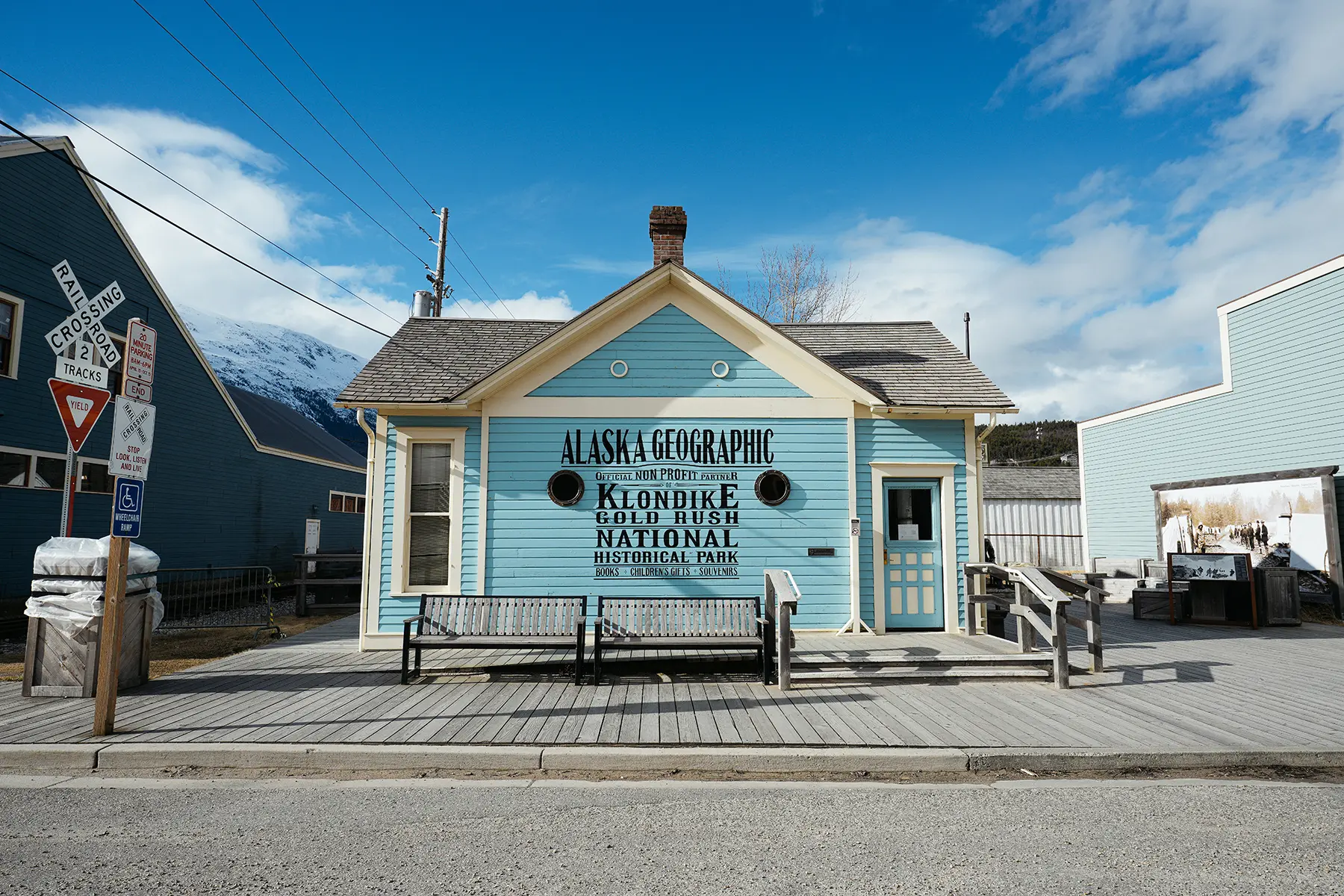
Tamron 16-30mm F/2.8 Di III VXD G2 | Focal length: 20mm Exposure: F5.6, 1/1000 sec., ISO 100
This is Skagway, a port town in Alaska that flourished about 125 years ago during the Gold Rush. Even today, from May to September, luxury cruise ships dock almost daily, drawing large numbers of tourists.
As I walked through the town, I enjoyed taking casual snapshots of the historical streetscape. The compact size of the camera and lens combination made it feel unobtrusive, allowing me to photograph naturally without disrupting the mood of the surroundings.
Conclusion: Final Thoughts After My Tamron 16-30mm G2 Field Test
The main purpose of this trip was to photograph the Northern Lights. That was my only goal when I set out to visit the Yukon and Alaska. However, once I saw the landscapes through this lens, I was blown away by their beauty. The moment I experienced the lens’s rendering capabilities, I thought to myself, “It would be a waste to only shoot auroras.”
This lens harnesses the expansive feel unique to ultra wide-angle lenses while delivering natural, undistorted rendering. From the texture of snow to the subtle gradations in the aurora, to the delicate shadows cast by the setting sun—it faithfully reproduces these scenes with rich tonal expression. It offers natural, three-dimensional rendering with a sense of atmosphere and depth, while maintaining edge-to-edge sharpness. The fast F2.8 aperture was a major asset for night photography, giving me confidence even in low-light conditions.
Its weight balance is also excellent. When paired with a compact camera body, it handles beautifully and allowed me to enjoy spontaneous snapshot shooting throughout the trip without fatigue.
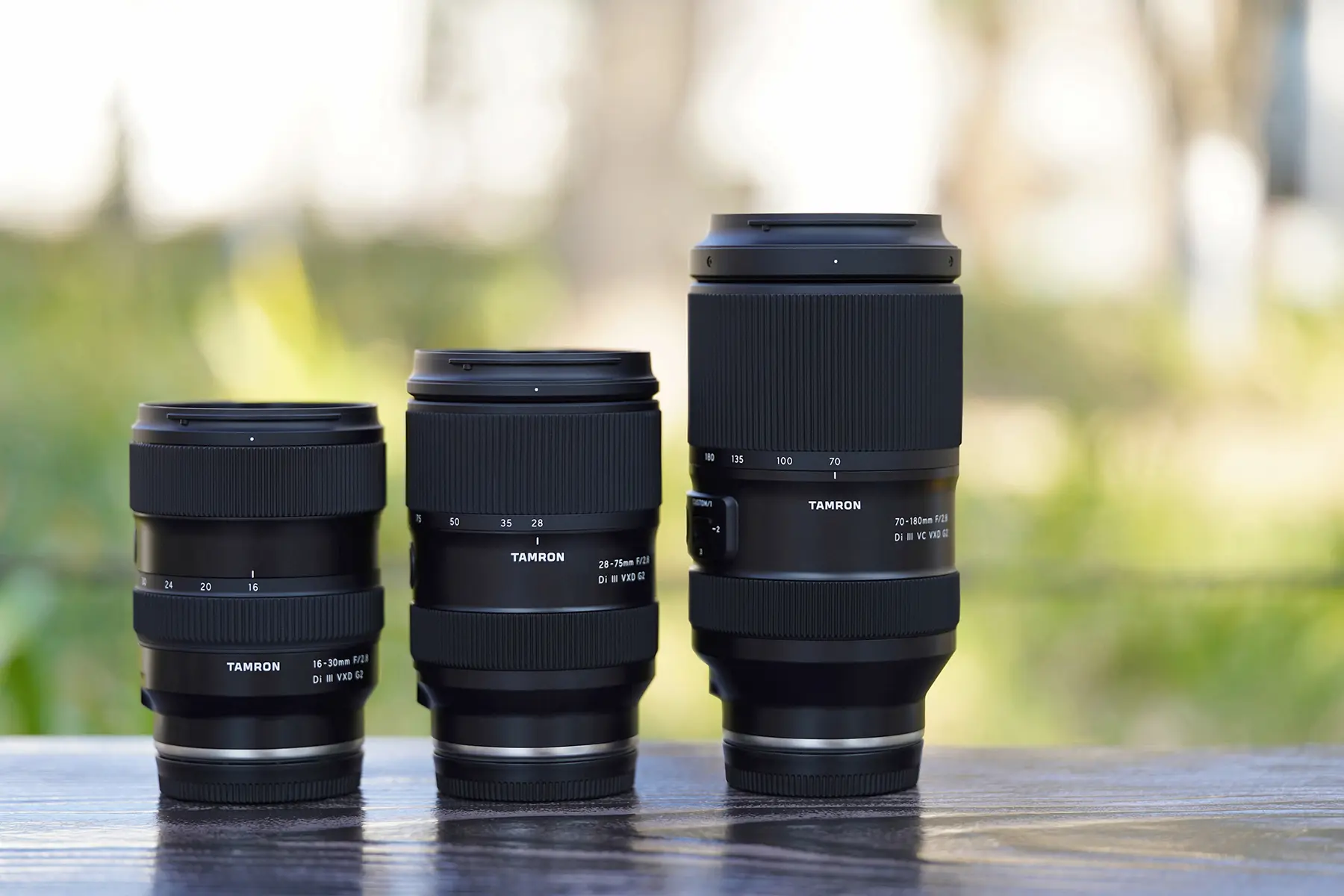
In addition, I brought along the 28-75mm F/2.8 Di III VXD G2 (Model A063) and the 70-180mm F/2.8 Di III VC VXD G2 (Model A065). Together, these three lenses form a complete fast-aperture zoom trio covering 16mm to 180mm—all at F2.8.
And the total weight of all three lenses is just under 65oz or 4lbs (1,835g). That’s an incredible advantage when traveling or climbing mountains where mobility is crucial. With this setup, you can cover everything from wide-angle to telephoto with a single bag—without sacrificing image quality or expressive flexibility—and without weighing yourself down. It truly felt like the ideal setup.
On location, photographers often have to make tough decisions about which lenses to bring and which to leave behind. But with this set, I didn’t have to compromise. I could bring everything I needed with ease.
The 16-30mm F2.8 G2 is an outstanding lens on its own. But when paired with the other G2 zooms in the series, its potential is fully realized.
This is a lens that truly expands your creative possibilities—and one that proves your gear can support and inspire you on your journey.
More Lens Reviews of the Tamron 16-30mm F/2.8 Di III VXD G2
Tamron 16-30mm F2.8 G2 Review by Pro Photographer Kazuyuki Okajima
Tamron 16-30mm G2 Review: Hands-On with the F2.8 Ultra Wide-Angle Lens
Where to Buy Tamron Lenses
Learn more about the Tamron 16-30mm at an authorized Tamron dealer near you or visit the TAMRON Store.
